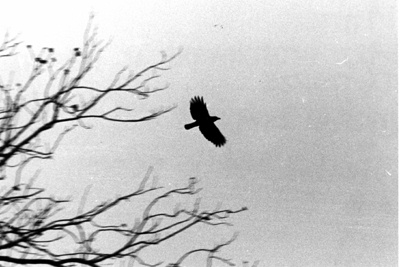All Nonfiction
- Bullying
- Books
- Academic
- Author Interviews
- Celebrity interviews
- College Articles
- College Essays
- Educator of the Year
- Heroes
- Interviews
- Memoir
- Personal Experience
- Sports
- Travel & Culture
All Opinions
- Bullying
- Current Events / Politics
- Discrimination
- Drugs / Alcohol / Smoking
- Entertainment / Celebrities
- Environment
- Love / Relationships
- Movies / Music / TV
- Pop Culture / Trends
- School / College
- Social Issues / Civics
- Spirituality / Religion
- Sports / Hobbies
All Hot Topics
- Bullying
- Community Service
- Environment
- Health
- Letters to the Editor
- Pride & Prejudice
- What Matters
- Back
Summer Guide
- Program Links
- Program Reviews
- Back
College Guide
- College Links
- College Reviews
- College Essays
- College Articles
- Back
I know why the caged bird sings
“I know why the caged bird sings” Poem Analysis
Life is full of conflict with the most common and strenuous form being inner conflict. In Maya Angelou’s poem, “I know why the caged bird sings,” she addresses the struggle that a person feels when given a choice to bestow forgiveness. She creates a story of two birds; one who enjoys the benefits of freedom and another who is imprisoned yet longs to be free. Through this image, Angelou creates a model for the burden that one feels in refusing forgiveness and the ability, whether or not it is acted upon, to become free from the struggle.
The free bird in Angelou’s poem represents the person who has chosen to forgive. Whether he is forgiving himself or another who has wronged him, it does not matter. The fact that he is willing to forgive is what matters. He “leaps on the back of the wind,” the hope, the chance that he can forgive and find resolution. And as he “floats downstream till the current ends,” he follows through with completing his forgiveness until it has been resolved and he can “dare to claim the sky” and move past his negative feelings, ready to seize new opportunities and happiness.
The caged bird is a foil to the free bird. This is the person who is afraid or unwilling to forgive. However, as it usually is in human nature, he longs for when he will find freedom in giving up his burden, resentment. His “bars of rage” hold him imprisoned. These represent his feelings towards the subject, himself or another, who caused his struggle. These are stubbornness and justification and pride. Only he can let go of these feelings and destroy the bars that hold him captive. Unlike an actual bird whose “wings are clipped,” a person has the power to overcome their actions or, in this case, their refusal to act, and choose to “fly” and be free. However, the caged bird’s clipped wings represent the person’s overwhelming feelings of hopelessness in allowing himself to forgive and be free. Another important element is that the caged bird’s feet are tied. A person’s feet are used to walk and move forward, but if their feet are tied they can not do this. The bird’s tied feet represent the person’s pride that holds him back from opportunity. He refuses to acknowledge that as soon as he forgives, he can be free to move on with life.
The most important part of the caged bird’s appearance is that he sings. The title of the poem is “I know why the caged bird sings.” He sings for freedom. He longs for and dreams for the day when he can be free from his prison. A person who struggles to forgive understands this feeling. Yet, he feels that he cannot escape his belief of incapability. He may have forgiven others in the past, but this time is a new trial, a “[thing] unknown” because of new circumstances. His “tune is heard” by others around him. Whether subtle or obvious, his grudge causes him to act differently. He longs to escape the prison of his emotions, of his pride that causes a burden on him. Yet, he does not recognize that only through his choices can he be like the free bird- the man who has overcome forgiveness and allowed resolution. The free bird enjoys new opportunities as simple as “fat worms on a dawn-bright” or as grand as “[naming] the sky his own.” He, representing the man who has chosen forgiveness, has finally moved on and can enjoy life as before, when no resentment existed.
The caged bird envies the free bird. He feels sorrow for himself and cries out for his dreams of freedom. Yet, it is ironic that he is the only one that can release himself from his cage and, if the bird could only recognize and act on this fact, he could live those dreams. Often times, a person’s pride will cause an inner conflict, like forgiveness, but rather than give up his pride, he, like the caged bird, will do no more than sing for freedom.

Similar Articles
JOIN THE DISCUSSION
This article has 1 comment.
